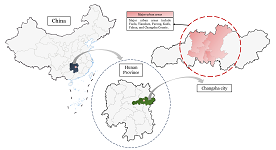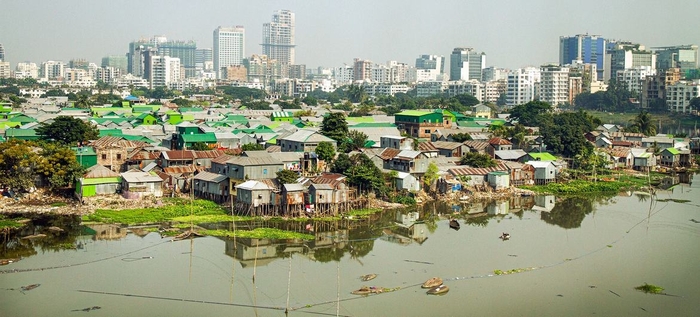
Asia Pacific Academy of Science Pte. Ltd. (APACSCI) specializes in international journal publishing. APACSCI adopts the open access publishing model and provides an important communication bridge for academic groups whose interest fields include engineering, technology, medicine, computer, mathematics, agriculture and forestry, and environment.

As China's pillar industry, the property market has suffered a considerable impact in recent years, with a decline in turnover and many developers at risk of bankruptcy. As one of the most concerned factors for stakeholders, housing prices need to be predicted more objectively and accurately to minimize decision-making errors by developers and consumers. Many prediction models in recent years have been unfriendly to consumers due to technical difficulties, high data demand, and varying factors affecting house prices in different regions. A uniform model across the country cannot capture local differences accurately, so this study compares and analyses the fitting effects of multiple machine learning models using February 2024 new building data in Changsha as an example, aiming to provide consumers with a simple and practical reference for prediction methods. The modeling exploration applies several regression techniques based on machine learning algorithms, such as Stepwise regression, Robust regression, Lasso regression, Ridge regression, Ordinary Least Squares (OLS) regression, Extreme Gradient Boosted regression (XGBoost), and Random Forest (RF) regression. These algorithms are used to construct forecasting models, and the best-performing model is selected by conducting a comparative analysis of the forecasting errors obtained between these models. The research found that machine learning is a practical approach to property price prediction, with least squares regression and Lasso regression providing relatively more convincing results.
Prof. Shuai Shao Recognized with the 2024 Highly Cited Award by Clarivate Analytics |
|
We are pleased to share the exciting news that Prof. Shuai Shao, a distinguished member of our editorial board, has been awarded the 2024 Highly Cited Award by Clarivate Analytics. This esteemed recognition honors his exceptional contributions to the field of energy and environmental economics. |
|
| Posted: 2024-12-25 | More... |
Notification for Confirming Submission Types |
|
We clarify this to avoid confusion among authors regarding article types. Please ensure your submission meets the journal's requirements before submitting. For detailed information, refer to our website Article Types. |
|
| Posted: 2024-09-10 | More... |
Bringing forests to the city: 10 ways planting trees improves health in urban centres |
|
@theconversation.com THE CANADIAN PRESS/Frank Gunn Planting more trees in urban environments is a simple, affordable and effective way to improve health. THE CANADIAN PRESS/Frank Gunn |
|
| Posted: 2024-07-29 | More... |
Notice on Avoiding Significant Self-Plagiarism |
|
| To ensure academic integrity and the quality of City Diversity, we kindly remind all authors of the several important points. | |
| Posted: 2024-05-14 | More... |
We are recruiting Editorial Board Members |
|
| We are excited to announce that the City Diversity is seeking new members for its Editorial Board. | |
| Posted: 2024-02-11 | More... |
Open Submissions for the New Year: Join Us! |
|
| Submissions are now open for the new year, and gratitude is expressed to all contributors for their invaluable support in advancing the journal. | |
| Posted: 2024-01-01 | More... |
UN calls for global action to turn cities into engines of sustainable development |
|
|
|
| Posted: 2023-11-07 | More... |
Research news: Rural vegetation characteristics and biodiversity conservation strategies in the Yangtze river delta urban agglomeration |
|
 @Xie et al. |
|
| Posted: 2023-06-30 | More... |
Manufacturing sector recovery continues |
|
Figure 1. @UNIDO Statistics based on data from official national sources |
|
| Posted: 2022-03-30 | More... |
ISSN Acquisition for City Diversity |
|
| We are pleased to announce that the journal City Diversity has successfully obtained its International Standard Serial Number (ISSN). The electronic ISSN for our journal is: eISSN: 2811-0110. | |
| Posted: 2021-01-26 | More... |

Prof. Mehmet Cetin
Kastamonu University,
Turkey
Polish Scientific Bibliography


2.jpg)


